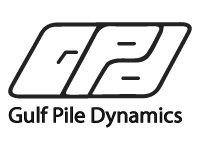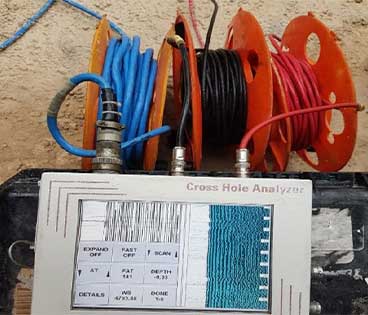- Home
- About
- Services
- Low Strain Testing of Cast-In-Place Concrete Piles
- Integrity Testing of Cast-In-Place Concrete Piles Using the Cross Hole Sonic Logging Technique
- Pile Drivability Analysis and Acceptance Criteria
- High Strain Dynamic Testing of Cast-In-Place Concrete Piles
- Pile Instrumentation Monitoring using Vibrating Wire Strain Gauges
- Calliper Logging Of Boreholes, Excavations And Trenches
- Bi-Directional Static Load Test On Board / Driven Piles
- High Strain Dynamic Testing / Monitoring of Steel Piles
- Projects
- Quality Policy
- Certificates
- Contact



